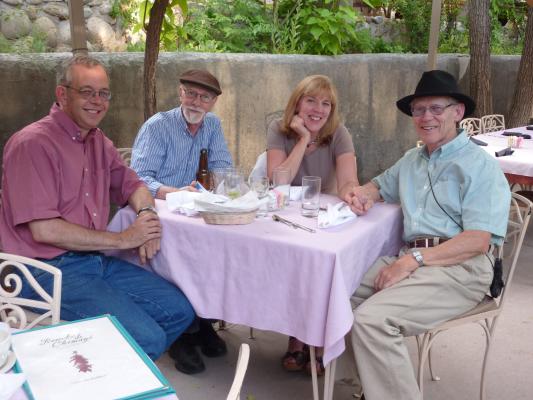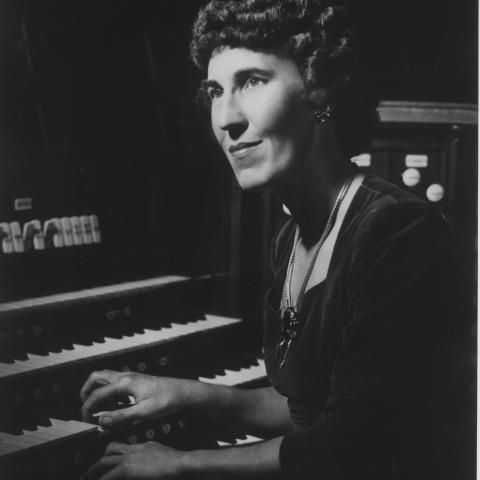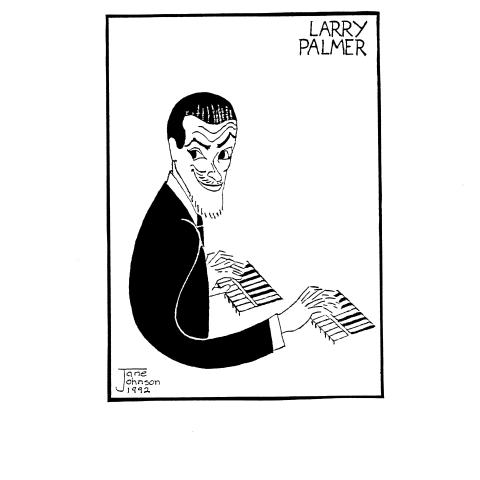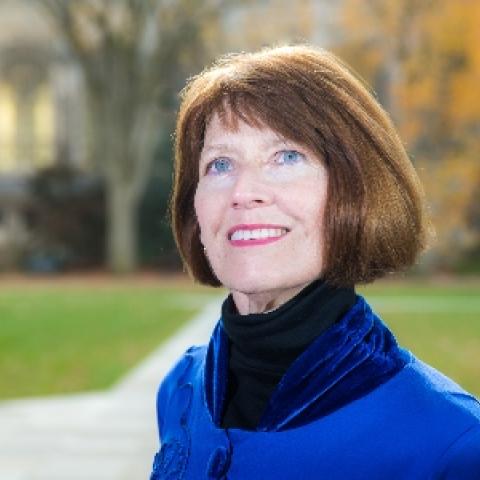
Discovering Spring this summer
In his own words: composer Glenn Spring
As a young boy in the late 1940s I attended a piano recital at the studio of Q’Zella Oliver Jeffus in Fort Worth, Texas. Her studio featured shiny black side-by-side Mason & Hamlin grand pianos, but people could not help noticing a smaller instrument off to one side, one that they did not recognize. In response to questions, Jeffus gave a brief introduction to the harpsichord and an impromptu performance of Mozart’s Alla Turca. It was many years before I learned that “Turca” was a staple of harpsichord recitals at the time, and even longer before I found out that Q’Zella’s instrument was a recent acquisition built by the noted instrument maker John Challis.
Years later, as a young man I had my first hands-on encounter with a harpsichord: William Byrd’s Earle of Salisbury: His Pavane and Galliard was in place on the rack. I was overwhelmed by both the music and the sound of the instrument, so much so that I could not stop playing it!
Such encounters were rare until 1982, when Walla Walla University, where I was teaching at the time, took delivery of a long-awaited powder blue William Dowd French double. Sitting at that keyboard was déjà vu, so exploring the technical and expressive potential of the instrument struck me as something I must do. I had no clue for what to call the six-minute piece that resulted from those efforts, but a perceptive organist friend who was the first to try it suggested William Dowd: His Bleu. I recognized the name immediately as “just right.”
His Bleu was selected as a finalist in the 1990 Aliénor Composition Competition Contest, and my colleague Dr. Kraig Scott performed it at the Southeastern Historic Keyboard Society (SEHKS) conclave in Augusta, Georgia. That event put me in touch with the wider harpsichord fraternity, spawning many new friendships and performances in the ensuing years. Larry Palmer went beyond performance by selecting William Dowd: His Bleu for publication as the centerfold in the February 1992 issue of The Diapason, a memorable tribute to Bill Dowd on the occasion of his seventieth birthday.
Other composition projects kept me away from the harpsichord during the 1990s, but in 1999, between larger works, I decided to write something just for fun. Trifles, a suite of seven miniatures, was born in short order, bridging a temporary move from Washington State to Denver, Colorado. History does repeat itself: Kraig Scott was the first performer of the piece that became another Aliénor finalist, and Larry Palmer played the 2004 SEHKS performance in Durham, North Carolina. Trifles has since been adopted by pianists and organists as well, becoming one of my most played compositions.
Fortunately for me, Palmer liked my music well enough to have commissioned and premiered my next four works for the instrument. Suite 3-D for harpsichord four-hands was premiered in 2002 at the Washington, D.C., house concert featuring Charles and Susan Mize’s new Richard Kingston “Millennium” harpsichord, with Palmer and Charles Mize at the keyboard. In 2003 the composer’s wife, violinist Kathleen Spring, joined Palmer for another house concert premiere, this time in Dallas, Texas: Images from Wallace Stevens for violin, harpsichord, and narrator. Hommages followed in 2006 as a commissioned work for Southern Methodist University’s harpsichord workshop (number 17) in Denver, Colorado.
In Memoriam Georgia O’Keeffe was first heard in Santa Fe, New Mexico, during July 2008. Béla Bagatelles (not a commissioned piece) consists of six short pieces, inspired by Bartók’s shorter piano pieces and violin duets. Another Aliénor finalist, the work received its premiere by Larry Palmer in Cincinnati, Ohio. Though I am not really a keyboardist, and I do not own a harpsichord, I continue to enjoy writing music for the instrument. I still think the harpsichord’s expressive capacity is underutilized!
Truly audience-friendly music
Glenn Spring’s beautiful music for harpsichord is all self-published in clear, readable sheet music, some of which features beautiful covers by his daughter, California artist Heidi Spring.
• If one is a subscriber and a keeper of past issues, you will already have William Dowd: His Bleu in your February 1992 magazine. (The issue is also available in PDF format for subscribers at the website, www.thediapason.com.) The composer lists it at his website as a special order and does not quote a price. Warning: it is among the more technically difficult pieces.
• Trifles is “intended for the amateur harpsichordist” (I love to play them). One-page: “A Start;” two-pages: “Blues for Two;” “Burlesque;” “Cantilena” (if you are feeling in need of sheer beauty this one is highly recommended); one-page: “Habañerita” (great fun; I wish it were longer, but you can play it twice—or more); “Recitative;” which leads into the concluding one-page “Introspection,” $15.
• Suite 3-D (Denver, Dallas, DC) is for four-hands at one harpsichord. Five movements “covering a wide expressive range,” $20.
• Images from Wallace Stevens is scored for violin and harpsichord with narration. There are seven short movements each introduced by verses from the poet, $20.
• In Memoriam Georgia O’Keeffe: “Prelude: Ghost Riders;” “Toccata: Colors;” “Fugue-Fantasia: The Faraway Nearby” (cover by Heidi Spring), musical depictions of three of O’Keeffe’s most beloved paintings, $30.
• Bela Bagatelles, Spring captures the moods of Bartók. Fun to play, fun to hear, $15.
• Hommages, quoting the composer:
With the passage of time I become ever more aware of how much I have learned from those who went before. Hommages was composed in recognition of my personal indebtedness to five among many composers whose works have contributed to the way I think as a composer. The five movements are not intended as emulations of the various composers’ styles, but rather as personal responses to the sound world of each.
“Fugue” (Schumann); “Teasing Song” (Bartok); “Le soir dans la ruelle” (Debussy); “Hang On!” (Stravinsky); and, finally, “Sehnsucht” (Longing)—a heart-wrenching evocation of Gustav Mahler. I had long wished for a work by the great German Romantic, and here is one in tribute to him. I think he would be deeply moved. It is difficult to play this piece without tears. Quite possibly the best bargain of the lot, $15.
The composer’s directions on the list: all prices in US$ include shipping within the United States. Order via email: glennspring1@gmail.com. Just in case, his mailing address: 9050 E. Cherry Creek South Dr., Unit E, Denver, Colorado 80231.
Photo: Rancho di Chimayo, New Mexico, July 30, 2011: Clyde Putman, Larry Palmer, Kathleen Spring, and Glenn Spring






